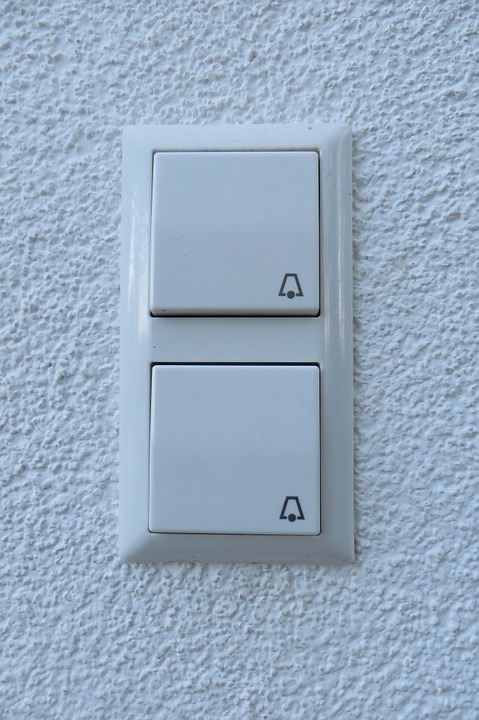In plain words baling wire is for bundling, which is a more technical term, people describe as baling. To tie a big bundle of any material, there is hardly anything better than bale wire widely used in the recycling industry. The agricultural industry may call it farm wire, which is the predecessor of the baling wire that we see it today, farm wire used to be the only choice for bundling.

In fact, farm wire is the inspiration behind the development of bale wire. Any kind of recyclable material like paper, cardboard plastic to metal sheeting and other materials would need baling wire to hold bales together and retain the form and shape.
Whenever you need to keep together plastic, paper, clothing, metal, or anything else, it becomes evident that you will need something to tie up the bundle and look for bale wire, which is the most appropriate material for tying. In addition to strength, you must also consider the type of wire that will be best for the purpose and even the proper size of the bale tie that you can buy from Baling Wire Direct baling wire suppliers.
Consider the bale size
Before you decide about the right size of bale wire, you must first measure the size of bale (diameter, length, and circumference) by using a measuring tape. For bales generated by using vertical balers, you must measure the height and width, and if the bale comes out from a horizontal baler, you must measure the width and length. The measurement, together with some more factors like weight and the type of material, will help to work out the size of the baling wire that you need.
Weigh the bale
To determine how strong the baling wire must be to support the bale when wrapped around it, you must know its weight, even if not exactly at least approximately with a tolerance of 10 pounds. In the case of several bales, you must take the average weight because it is common that the bales would vary in weight. The weight will tell you the thickness of the wire that should be appropriate. Usually, 12-gauge and 13-gauge wires meet all general purposes of baling, but you can also find wires of 11 gauge and 14-gauge thickness.
Know the baling material
Different materials behave differently upon release from balers after formed into bales, and some materials tend to expand once the pressure of RAM is removed. Materials like plastic will tend to expand when tying the bale and need stronger binding force to hold the bale together, which means that you need a very strong bale wire that may be of 11-gauge.
Number of wires
The baler and the material you bale together determine the number of wires to use for strapping each bale. Since the number of wires provides strength, it has a relation to the thickness of wire that can together make the baling system most effective.
By assimilating the data collected from the above exercise, you can determine the type and thickness of bale wire that would be most suitable.
